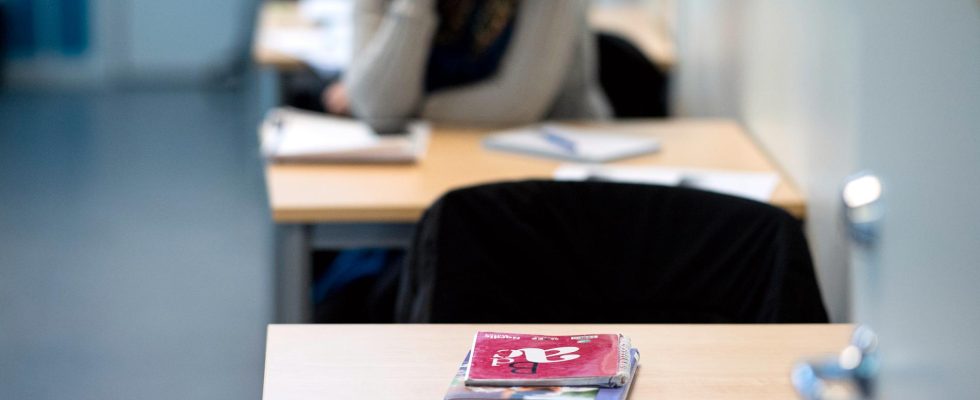Published: Less than 30 min ago
Too few students who need special support receive it in time. The support is often introduced at the end of primary school, which is far too late according to the Swedish National Agency for Education.
– This suggests that needs are not always detected in time, says Ulrica Dahlén, head of unit at the Swedish National Agency for Education.
Today, 5.9 percent of elementary school students, corresponding to just under 65,200 students, are covered by an action program, according to the Swedish National Agency for Education’s latest statistics on special support in elementary school during the current academic year. Different support efforts can be individual teaching, special teaching group and adapted course of study.
In ninth grade, the percentage of students is highest, where 9.3 percent of students have an action program.
– We also see that there are significantly more students who have an action program during the last years of primary school compared to the lower grades. This suggests that needs are not always detected in time and support is put in place during the first years, but it may take a while for grades to be assigned, says Ulrica Dahlén.
Big differences
At the same time, there are large differences between the grades when the percentage of students with action programs increases from grade 1 to 6. After that, the percentage decreases and then increases again.
– It looks like something is happening in the transition between middle and high school. This could be interpreted as not everyone having sufficient routines to transfer information about which students are in need of support during that transition. In some cases, you might rather start over, says Ulrica Dahlén.
Facilitating this transition is mainly the municipalities’ responsibility, according to Ulrica Dahlén.
– It becomes a problem if a survey and investigation has been carried out which shows that the student needs special support, but a gap in the information leads to a break in the support for the student.
Old pattern
That the interventions come too late is a pattern that has looked the same in recent years, according to the authority.
In order to discover the students who are in need of special support in time, it is required that teachers and special educators work together and have routines for this. It is the rector’s responsibility to create the conditions for this.
– It is difficult to achieve these routines and the cooperation in the way that is needed in many places, says Ulrica Dahlén.
If you discover early that there is a need for support, it is easier to be able to implement efforts that make a sufficient difference.
– The shorter the time you have, the more difficult it will be to acquire the knowledge to be able to live up to the grading criteria.
Risk of dark speech
TT: Is there also a risk that there is a large number of dark circles around students who are in need of special support?
– In our statistics, we can only see those who have a decision on special support. If there are more students who are in need of special support but have not been investigated, it is difficult for us to know, says Ulrica Dahlén and continues:
– But we hear that there are many question marks about where the line is drawn between so-called extra adaptations that do not require a formal decision and the special support that needs an investigation. As there is uncertainty about this, there may be students who would need to be investigated for special support but who do not receive such an investigation.
Facts
Special assistance
A student in need of extra help must receive it in the form of extra adaptation in the regular teaching.
If it does not help or is not enough, the teacher turns to the principal, who is responsible for investigating the student’s needs. If the investigation shows that the student needs special support, the student must receive it, according to an action program.
The extra support is adapted to each student. This may, for example, involve individual teaching, a special teaching group or an adapted course of study. A special teaching group can be found at the school or in a school nursery or resource school.
Source: Swedish National Agency for Education
Read more
